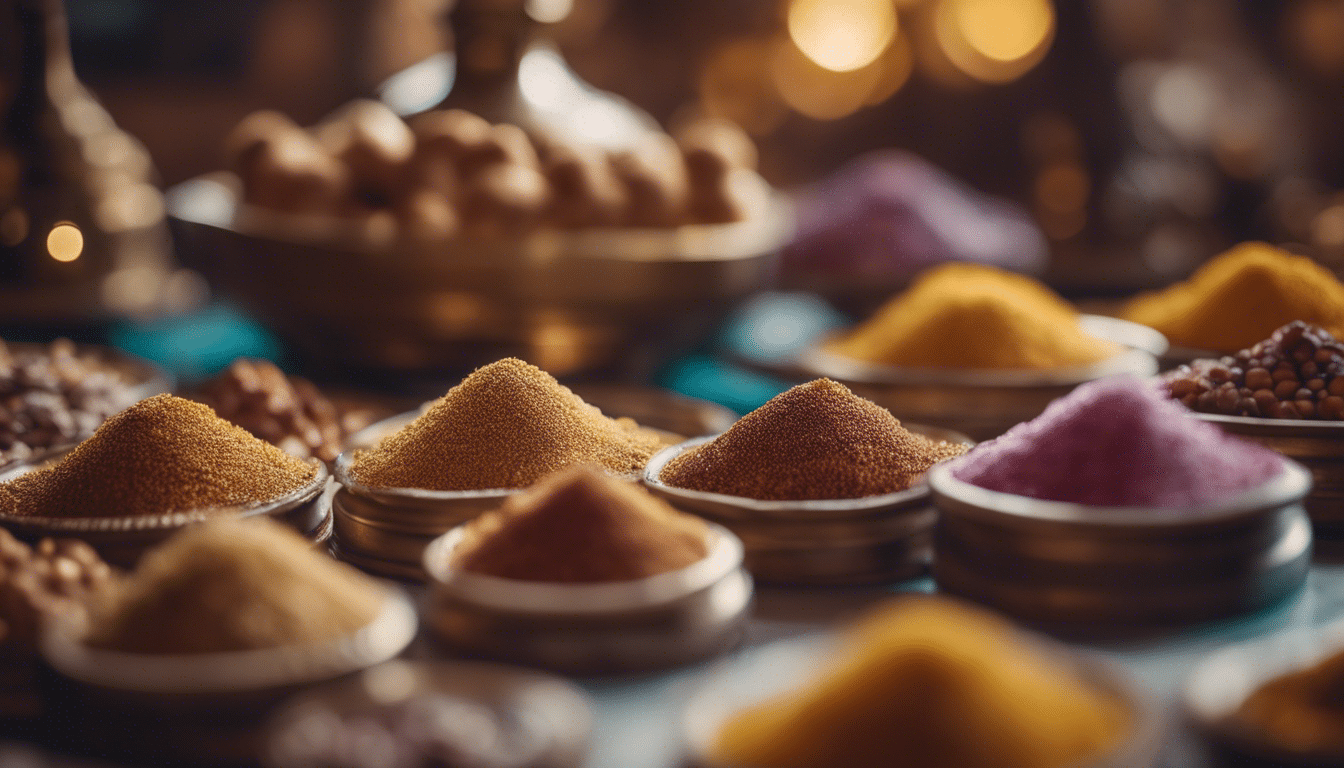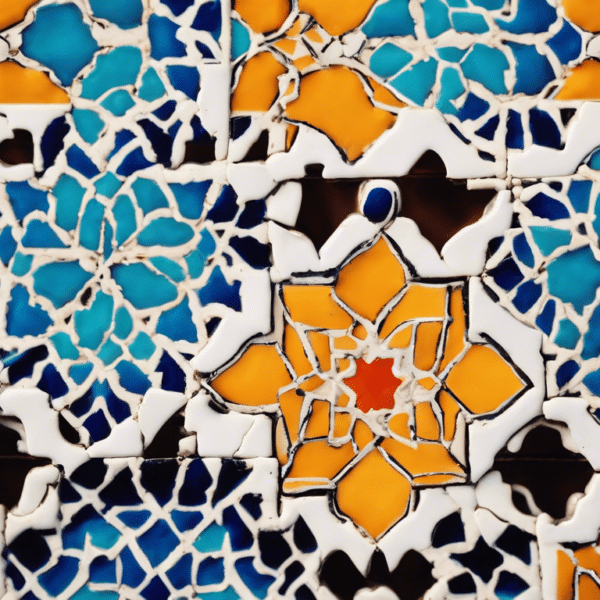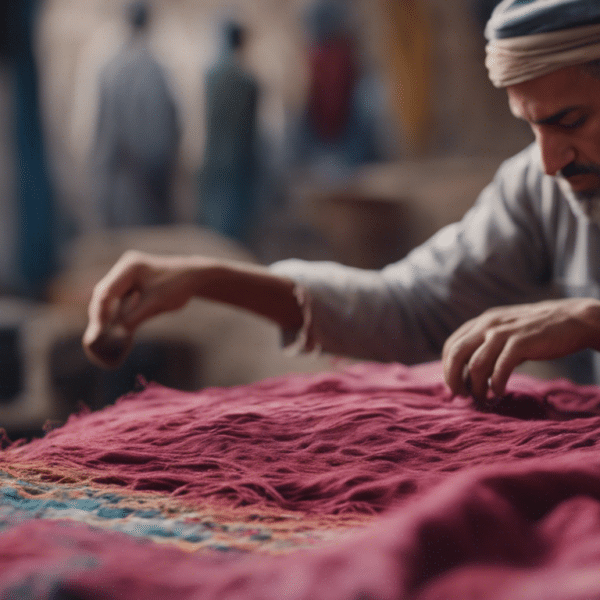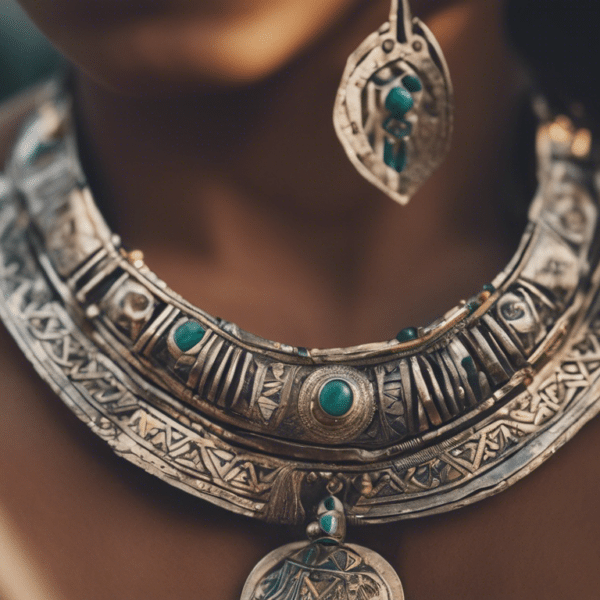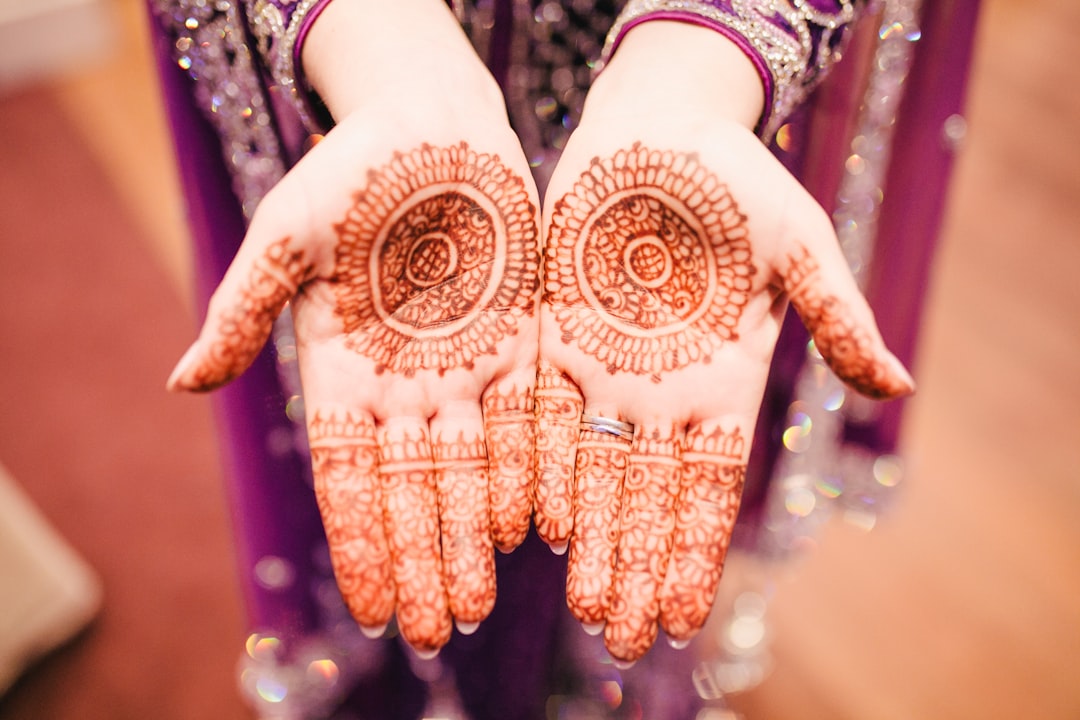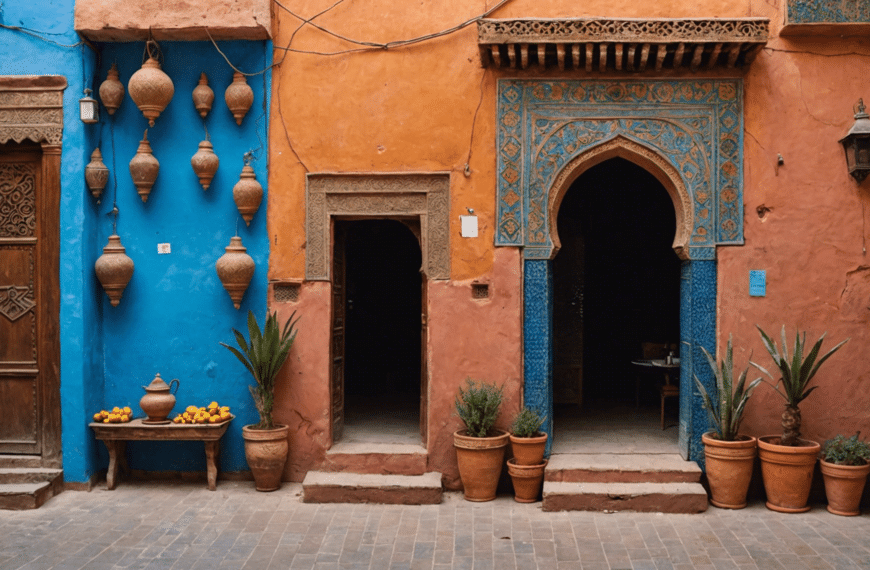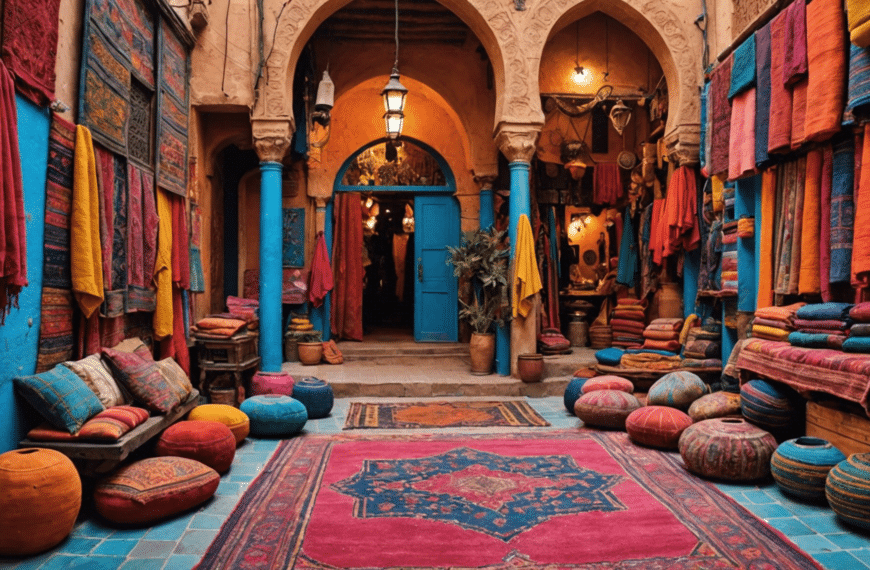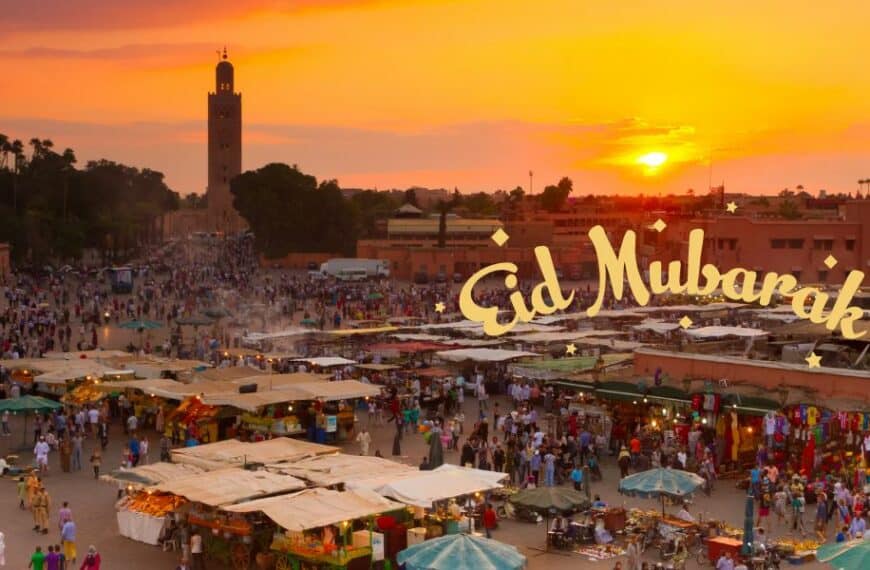Embark on a sensory journey as we unravel the mysteries enshrouding Moroccan spiced sweets – those delicately woven tapestries of flavor that are as enigmatic as they are beloved. Discover the whispered secrets of spice blends passed through generations, the allure of natural sweeteners, and the subtle embrace of fragrant herbs. Each bite, a mosaic of tradition and craft, invites you to indulge in not just a dessert, but a tale as old as time, artfully baked into the heart of Moroccan culture. Are you ready to explore what makes these treats a feast for both the palate and the soul?
Unveiling the Charm of Moroccan Spiced Sweets
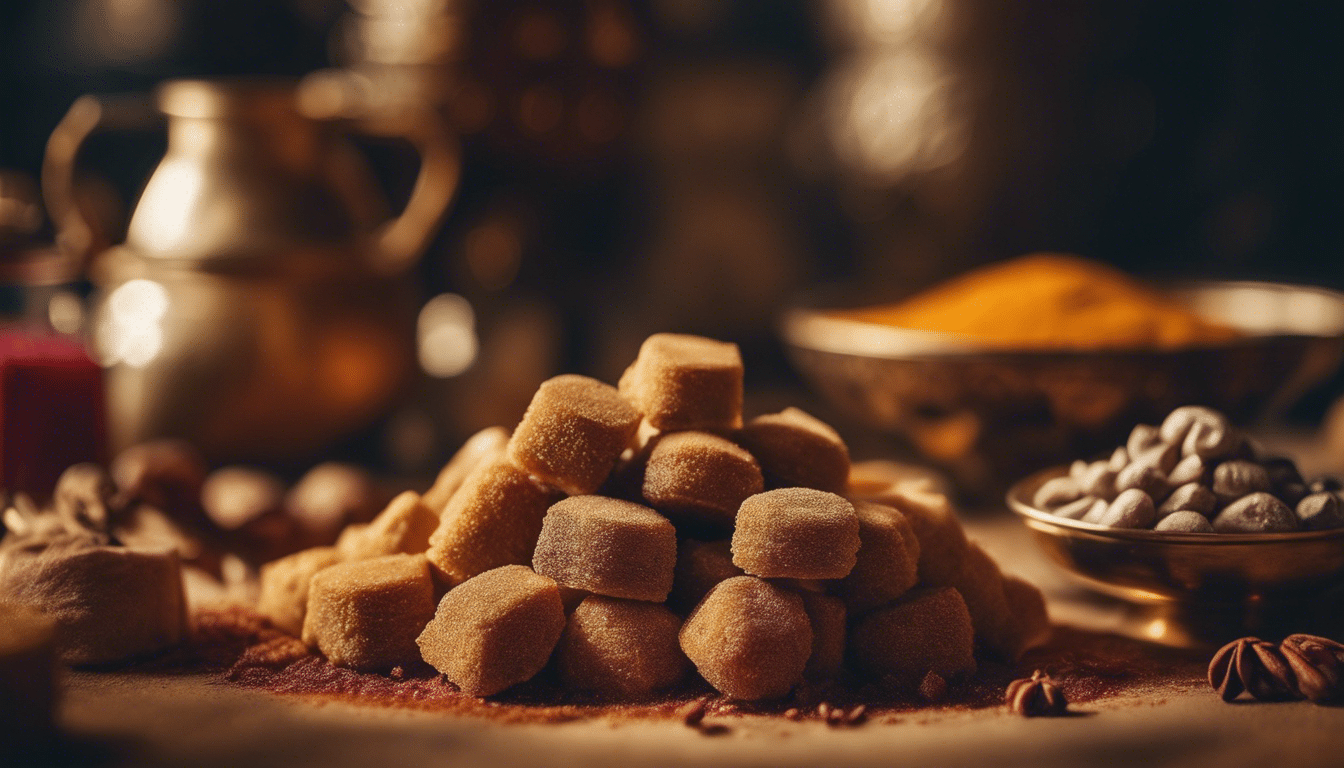
Moroccan Spiced Sweets: Unveiling the Charm
Imagine wandering through the narrow alleys of an ancient Moroccan bazaar, your senses enveloped by a symphony of aromas where the sweet scent of spiced sweets beckons you. This enchanting experience is not just a dream but a delightful reality for those who have had the pleasure of indulging in Moroccan spiced sweets. The charm of these treats lies in their rich flavors, intricate designs, and deep cultural significance.
Moroccan sweets captivate with their unique blend of flavors, combining honey, nuts, and a range of warm spices such as cinnamon, cardamom, and aniseed. Each bite tells a story of age-old traditions, a celebration of Moroccan hospitality and craftsmanship. Let’s embark on a savory journey as we uncover the secrets behind these delectable confections and explore how they continue to charm locals and visitors alike.
The Spellbinding Ingredients Behind Moroccan Sweets
Mystery and tradition are kneaded into every Moroccan pastry and sweet treat. These delights often begin with simple, wholesome ingredients like flour, semolina, and almonds, but what truly sets them apart is the lavish use of spices and flavorings. In many recipes, you’ll find a generous dusting of icing sugar or a swirl of orange blossom water, creating a fragrant bouquet that tantalizes before even taking the first bite.
Cinnamon and ginger provide warmth, while nigella seeds and sesame seeds sprinkle a subtle crunch and contrast. But the enchantment doesn’t end there; the exotic allure of saffron and the sweet surprise of dates or figs often play a starring role, adding layers of complex flavors that dance across the palate.
The Artistry of Moroccan Confectionery
The beauty of Moroccan spiced sweets is not just in their taste but also their appearance. Artisanal skill is poured into crafting each piece, often resembling miniature works of art. Take, for example, the famous Moroccan pastries known as “Chebakia.” These flower-shaped treats are intricately woven before being deep-fried and soaked in honey, and finally, sprinkled with toasted sesame seeds.
Another visual and gustatory feast is the assortment of almond-based cookies, often enjoyed during festive occasions. These delightful morsels are typically decorated with shiny glazes, colorful dyes, and sometimes even edible gold or silver, making them a feast for the eyes as much as for the taste buds.
A Taste of Moroccan Festivity
Moroccan spiced sweets are not mere snacks; they are integral to the social and cultural fabric of Morocco. No wedding, religious holiday, or family gathering is complete without an array of spiced confections being served. These treats are a sign of warm hospitality, intended to welcome guests and celebrate life’s moments, both big and small.
Elaborate trays of sweets are often prepared in advance of Ramadan to break the fast each evening, or for Eid celebrations, where they’re enjoyed with mint tea and the company of family and friends. They serve as a sweet conclusion to a day of fasting OR a holiday meal, embodying the communal spirit and joy of these gatherings.
Embracing the Sweet Traditions
Whether you’re enticed by the fragrant allure of spices or the visual artistry of their decoration, Moroccan spiced sweets offer an adventure for the palate that is just as fulfilling as a journey through Morocco itself. For those inspired to bring the taste of Morocco into their own kitchens, the traditional recipes might be daunting at first, but they reward with every batch produced.
With the popularity of cooking and travel shows, online tutorials, and workshops, learning the art of creating these sweets has become more accessible. Food enthusiasts are encouraged to try their hand at this cultural tradition, ensuring Moroccan confectionery charm continues to spread far beyond its borders.
Discovering Moroccan Spiced Sweets Globally
The demand for authentic Moroccan sweets has crossed oceans, with gourmet shops and online stores offering these spiced treasures to a global audience. For those who yearn to savor these confections without the trip to Morocco, the international market has opened doors, bringing a slice of Moroccan delight to dessert tables around the world.
From the bustling markets of Marrakech to the quaint bakeries in far-flung towns, the charm of Moroccan spiced sweets continues to enchant and delight. Unveiling this treasure of Moroccan cuisine offers a taste journey that is rich in history, artistry, and flavor – a true reflection of the vibrant culture it hails from.
The Essence of Moroccan Flavor
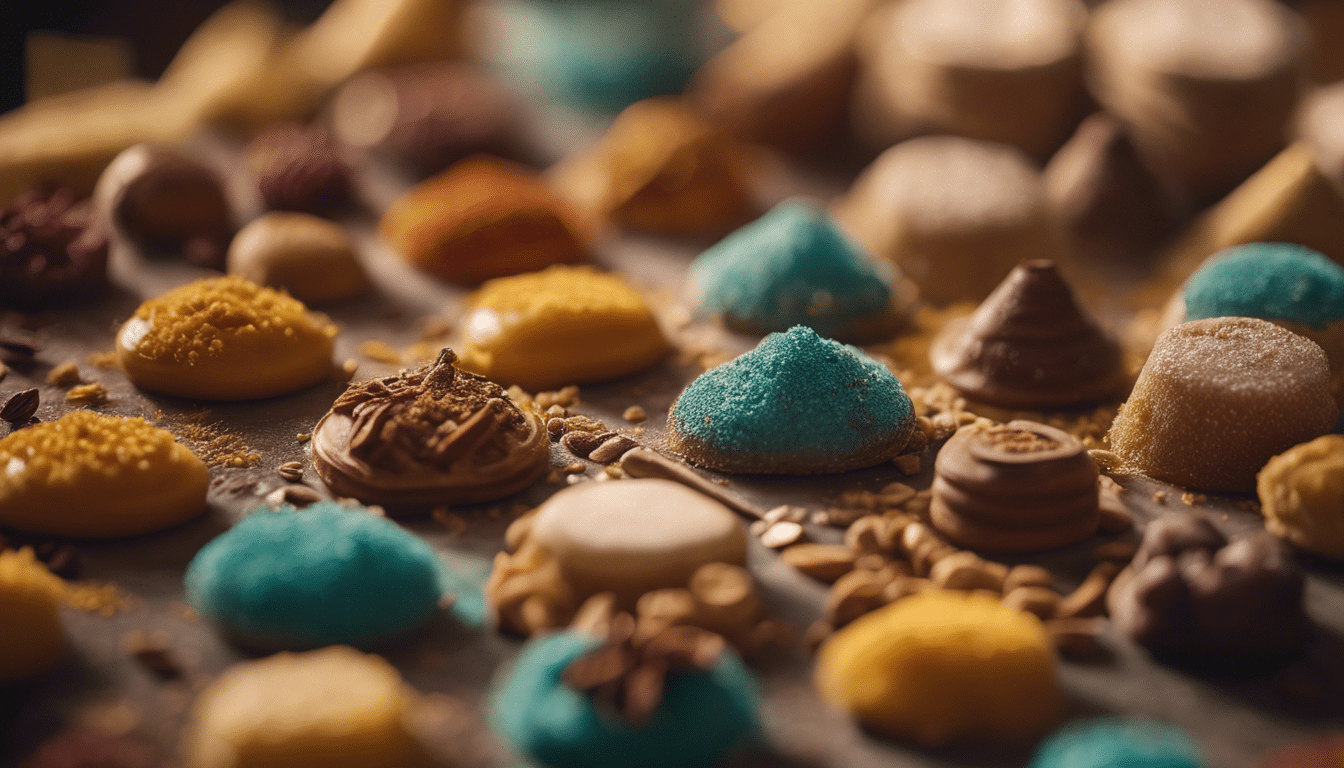
The air in the labyrinthine alleyways of the Moroccan souks is redolent with the scent of spices and freshly baked delights, hinting at a rich culinary tradition steeped in centuries of history and cultural exchange. Journeys across this vibrant land are punctuated with discoveries of sweet treasures, each bite revealing stories told in the language of flavors. To speak of Moroccan spiced sweets is to invoke the essence of Moroccan flavor—a tapestry woven from the threads of aromatic spices, honey, nuts, and fruits that characterize the country’s delectable confections.
Delving into the Aromatic Spices of Morocco
Let us begin at the spice market, where the adventure of Moroccan sweets finds its heart. The heady perfume of cinnamon, anise, and nutmeg mingles with the vibrant colors of turmeric and paprika, setting the stage for a culinary spectacle. These aren’t just flavorings; they are the soul of Moroccan confectionery, integral to the nuanced taste of each sweetmeat.
The cinnamon used so lovingly in dishes like the famed bastilla—a flaky pastry of pigeon meat or chicken—is echoed in desserts such as the comforting sweet couscous, often garnished with almonds and raisins. Then there’s the enchanting cardamom, which whispers its presence in coconut truffles and many a fine cup of traditional Moroccan coffee.
The Art of Blending Sweet with Savory
Moroccan cuisine blurs the line between savory and sweet, crafting a flavor profile that is uniquely alluring. This is perhaps most apparent in the realm of sweets, where confections like m’hanncha—the serpent cake—coil laden with almond paste, cinched with the musky charm of orange blossom water, and elegantly dressed in sesame seeds.
Symbolic sweets such as chebakia, deep-fried pastry glazed with honey and encrusted with sesame seeds, offer a crunchy, sticky experience that is quintessentially Moroccan. Holidays and festive occasions see tables graced with these golden-brown treats, their folded shapes reminiscent of roses, their taste a harmonious blend of sweetness and spice.
A Journey Through the Seasons
The Moroccan calendar is a carousel of seasonal sweets, where each turn of the year introduces new symphonies of spice. As the holy month of Ramadan approaches, the demand for sweets such as sellou—a sumptuous mix of toasted flour, almonds, and sesame flavored with anise, fennel, and cinnamon—surges, offering sustenance and celebration.
Summer brings a parade of fruit-laden pastries and confections, where the spices take a step back to allow the natural sweetness of dates, figs, and apricots to shine. Wintertime beckons with richer, denser creations; nuts and dried fruits find their way into the heart of honey cakes, adding to the warmth sought in every morsel during the cooler days.
Preserving Tradition Through Taste
In a culture where recipes are inherited like treasures, Moroccan sweets are more than just an indulgence; they are a narrative of the past. The timeless tradition of tea time, marked by a steaming glass of mint tea, is incomplete without a plate of gazelle’s horns—delicate crescent pastries with a sweet almond filling, perfumed with orange blossom water.
Local secrets are embedded within the spice blends, gardens nurtured with loving hands provide the ingredients, and craftsmanship handed down through generations bequeaths the skills necessary to mold these edible gems. Sampling a piece of honey-drenched baklava or a sticky square of date-stuffed makrout is to taste this living heritage.
Each Moroccan spiced sweet carries with it the whispers of market stalls and family kitchens, a storyline flavored with the essence of Moroccan flavor. It is an enduring love letter to the beauty of a country so rich in art, history, and gastronomy, a tale told through every dusting of powdered sugar and every infusion of rosewater. For those who listen with a discerning palate, Moroccan spiced sweets are not merely treats; they are the exquisitely spiced narrative of Morocco itself.
Exotic Spices: The Heart of Moroccan Treats
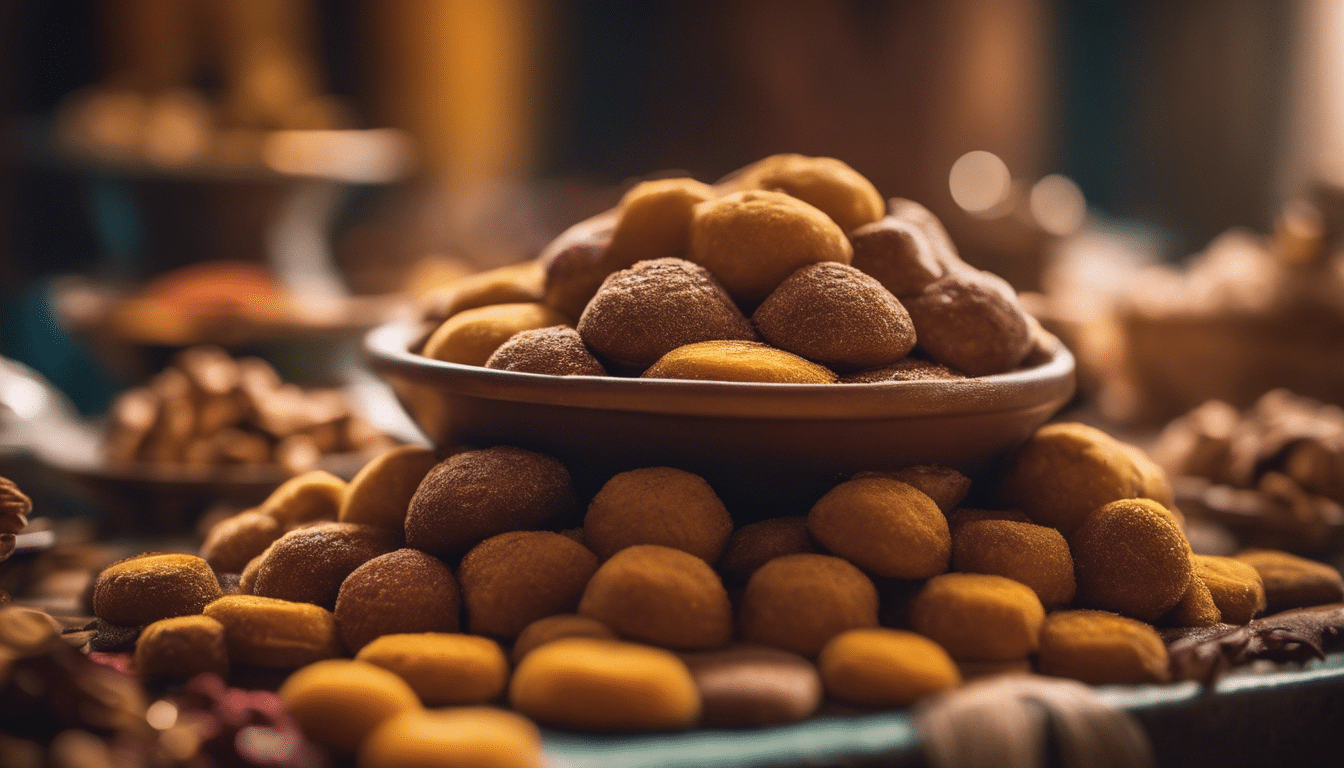
In the bustling streets of Marrakech, a fragrant scent tickles the senses, guiding the curious and the connoisseurs alike through a culinary gateway to unveil the secrets behind the country’s treasured delicacies. As you wander through the labyrinthine souks, the heart of Moroccan flavor emerges in its spiced sweets, each a symphony of exotic spices and traditional savoir-faire.
Moroccan cuisine, a historical tapestry woven with diverse influences, celebrates spices not only in its savory dishes but also in its rich array of desserts and sweet treats. The use of spices in Moroccan sweets is not merely about flavor; it’s a statement of culture, an art passed down through generations that reflects the country’s vibrant and storied past.
Cinnamon, saffron, and cardamom whisper the tales of ancient trade routes, while nutmeg and ginger echo the rhythms of the bustling medinas. Anise, cloves, and fennel seeds join this intricate dance of flavors, ensuring that every bite of these sweet delights is an excursion into Morocco’s heritage.
Take, for example, the renowned Moroccan cookies such as “ghriba” and “feqqas.” These are not just snacks but emblematic treats that favor the boldness of sesame seeds, almonds, and the distinctive taste of orange blossom water. Traditional recipes call for these ingredients to commingle, creating textures and flavors that are as mesmerizing to the palate as the Zellige patterns are to the eyes.
No talk of Moroccan spiced sweets is complete without mentioning the country’s beloved pastries, like “bastilla,” originally a savory pie, which reveals its sweeter side when filled with almonds, sugar, and the tender embrace of cinnamon. Or consider “kaab el ghzal” (gazelle horns), a crescent-shaped marvel that seduces with its almond paste perfumed by cinnamon and the enigmatic fragrance of orange flower.
For those with a penchant for candied confections, “sellou” or “sfouf” is a rich, nut-based mixture laced with aniseed, sesame seed, and dusted with powdered sugar—a delight to enjoy during festive celebrations.
The magic in Moroccan spiced sweets lies in their capacity to transport one to an era of sultans and caravans through the mere act of tasting. These sweets are not just treats; they are an invite to indulge in a multisensory journey.
Here are a few ways Moroccan spiced sweets can be incorporated into your culinary adventures:
– Have a taste of “Makroud,” a date-filled semolina cookie, after a mint tea, to experience the perfect balance between the tea’s freshness and the rich, spiced sweetness.
– Include Moroccan spiced sweets in your next gathering and watch as they become the subject of conversation, much like the stories shared around a flickering campfire.
– Use these sweets as an elegant and exotic dessert option during the holiday season to entice your guests with something unique.
Moroccan spiced sweets are a world where the exotic heart of Moroccan treats pulses with each grain of sugar and spice. In crafting these sweets, the Moroccan people don’t just bake; they narrate the essence of their land, their history, and their love for a culture that endures through the savory language of food.

